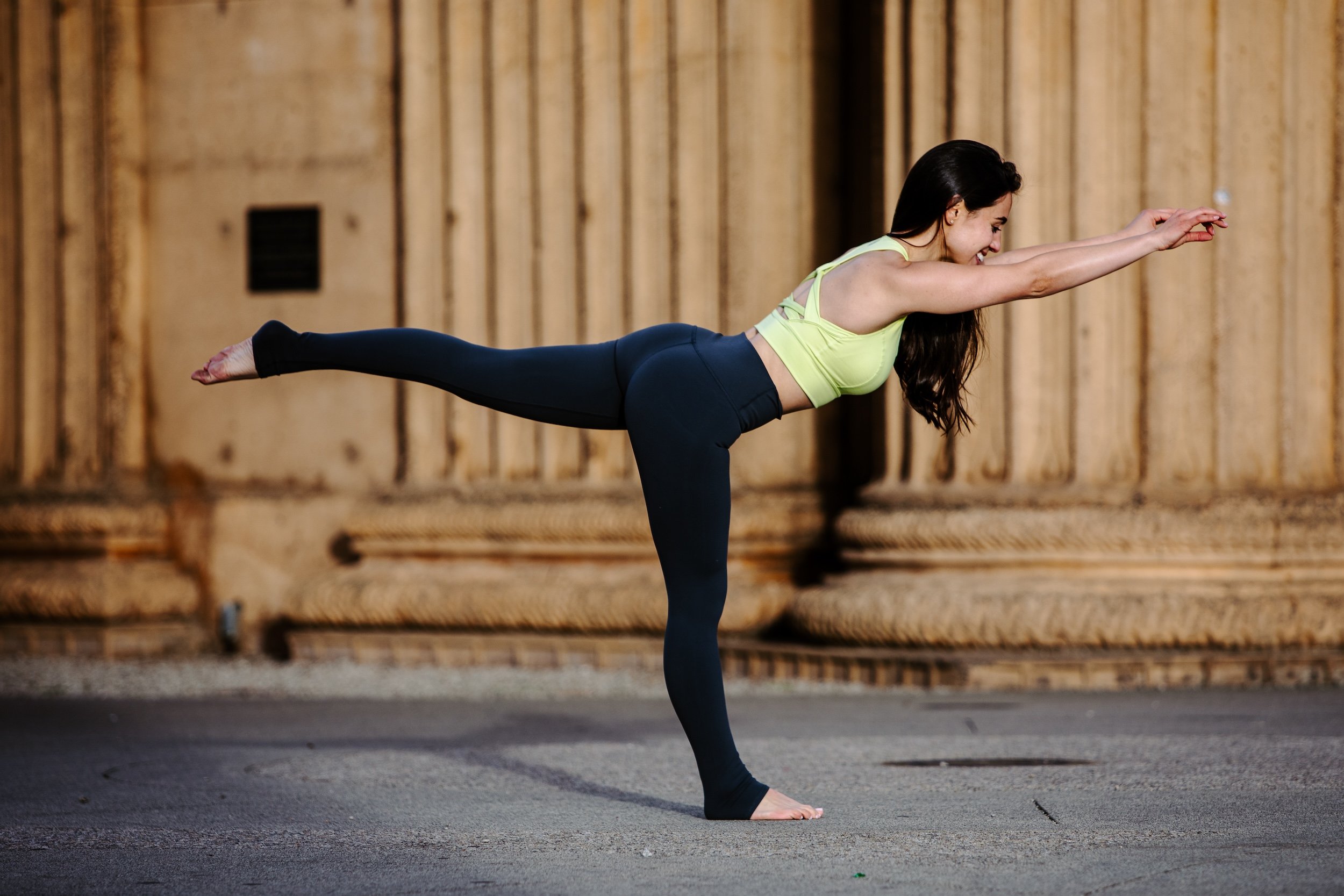FAQs
Working Together
-
If you’re interested in working together, please reach out through my contact form to schedule a free consultation call. New clients are required to complete a new client intake form and liability waiver before the first session.
Once we decide to work together, we can do our sessions at the park, your gym, or your home. I also do classes by Zoom which work great when you are traveling and you want to still stay active!
-
The class will typically start with a spine warm up as well as other warm up activities, followed by leg, core strengthening, back, arm and chest exercises. Next day you will feel sore in muscles you didn’t even know you had!
-
The class will typically start with arm & chest work followed by a warm up. We will incorporate dynamic stretching variations as we continue to do exercises for your legs, glutes & core.
You will continue to burn additional calories for several hours after the workout due to the intense muscle work.
-
Private and group sessions are generally 50 minutes, but I’m happy to accommodate for longer or shorter sessions depending on your needs.
-
Because Pilates originally began with mat work, it is easy to efficiently and effectively do Pilates without any equipment. With the right props and training you can recreate the reformer experience and still get the benefits of a full body workout. The options for creative mat work without apparatuses are endless!
-
I have a 24 hours cancellation policy for all private and group sessions.
-
Pilates at your workspace is a refreshing break in your team’s work day! Please submit a form through my contact page indicating how many people are in your team and dates/times you have in mind. I will follow up with you with more details about props, prices, availability, etc.
General Resources
-
Pilates is a full-body workout system that can be performed either on specific pieces of equipment - like the reformer - or on the floor, commonly referred to as Mat Pilates.
It focuses primarily on what Joseph Pilates called the "powerhouse" or the group of muscles in your torso, and incorporating the legs and arms.
The breathing component is very important in Pilates and it’s present in the dynamic exercises, focusing on movement rather than holding poses.
-
A Barre class is fast paced and planned with a specific sequence + variations orientated to cardiovascular activity. You will do many repetitions in targeted muscles, along with much needed stretches after each strength exercise.
A Pilates class might feel a little bit slower and work the whole body at once, particularly recruiting your core muscles in each movement.
You'll likely sweat and burn more in a barre class, but you'll build better mobility and stability from Pilates.
-
Anyone older than 11 years old at any fitness level can participate. Both Barre & Pilates’ unique approach to fitness allows any level, from a beginner to an athlete to set their goals and work on their individual needs.
Pilates may also be beneficial for a number of medical conditions including: scoliosis, low bone mass, pelvic floor atrophy, and back pain.
-
Yes. While Pilates is commonly associated with women’s fitness, men can greatly benefit from this form of exercise as well. Pilates was actually developed by a man named Joseph Pilates to help rehabilitate injured soldiers imprisoned during World War 1.
As opposed to lifting weights at the gym, Pilates works different muscle groups that are often neglected. They are usually the deeper muscles that are responsible for support and need to be strong in order to facilitate the larger muscle groups.
Good core strength is achieved by developing the muscles around the hips, pelvis, lower back and abdominals, so they work in unison and adequately distribute the workload (i.e. do their job correctly!).
-
Like any form of exercise, consistency is key. In the beginning, your body is learning new information and making the mind-body connection. The optimal recommendation is 2-3 times per week, however, once a week on a very regular basis can also be beneficial, providing you are doing some other exercise during the week.
Because of my own practice, I couldn't agree more with Joseph Pilates famous quote: "In 10 sessions you will feel a difference; in 20 sessions you will see a difference and in 30 sessions you will have a whole new body."
-
Yes, you can do Pilates & Barre even if you have low bone density - it’s all about strengthening effectively but safely. The exercises can be modified for clients with low bone density, and you’ll still get a great workout. Be sure to check with your doctor and ask about contraindications before beginning a Pilates practice, or if you’ve received a new diagnosis.
-
Certified Pilates instructors are highly trained professionals who have invested well over 400 hours of training and studying of the technique. We have extensive knowledge of anatomy and biomechanics, and a complex understanding of somatics (mind-body connection).
We are required to learn over 500 exercises for the mat & Pilates equipment, as well as spending considerable time observing and mastering proper form and sequences to fine tune teaching skills prior to taking a series of rigorous written and practical exams.
In addition to learning about the Pilates repertoire, we know how to assess students' posture, how to adapt exercises for various body conditions, and how to customize the optimum Pilates program for each individual client.

